Winter’s coming, and that means it’s time to change, or at least check, some of your vehicle’s fluids and parts. Don’t be intimidated by the winterizing process, because it’s not the same painstaking routine it was 40 years ago, but it’s still a good idea to run down a basic checklist to prepare for driving in the winter months.
1. Ensure Good Visibility
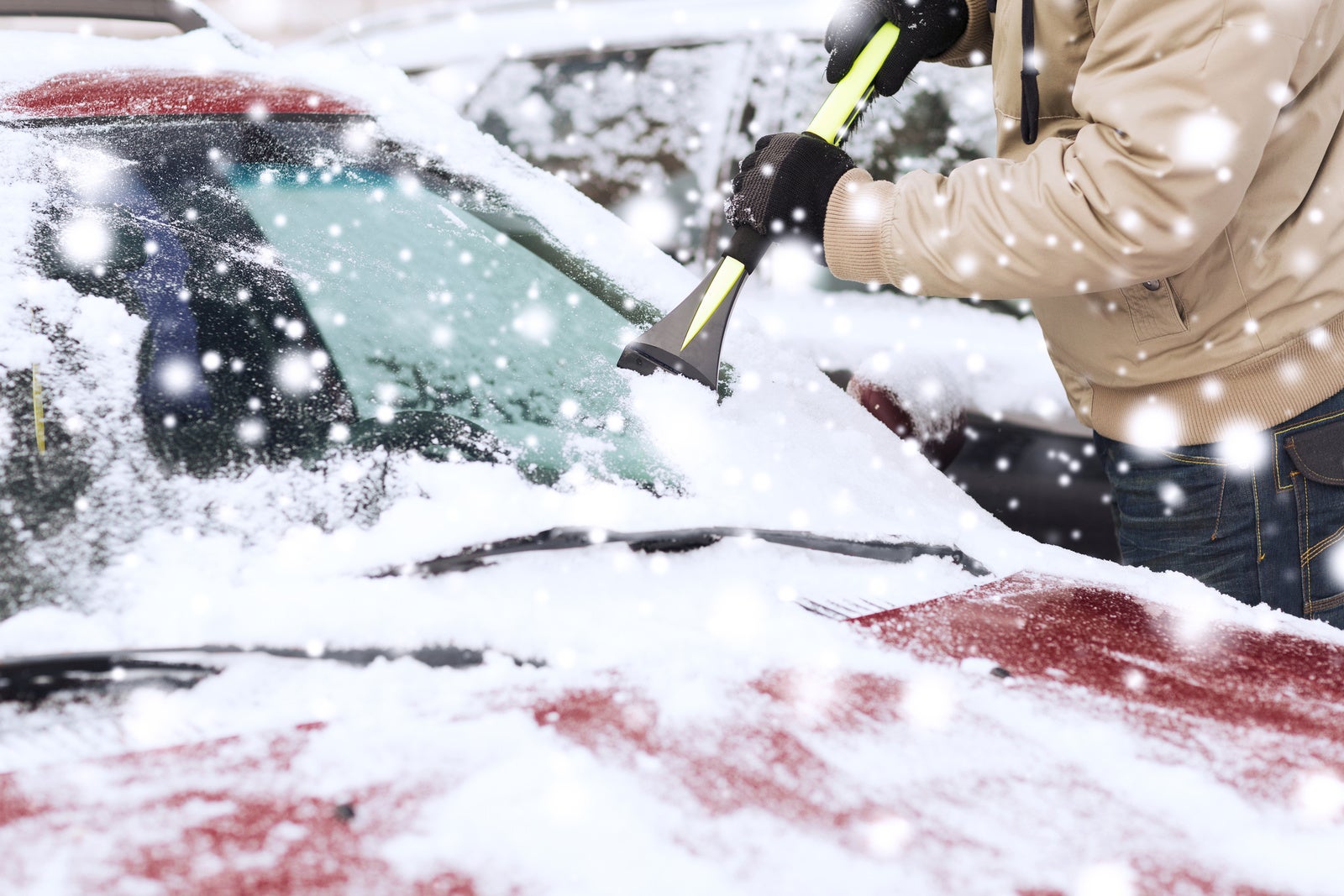
Don’t be the motorist squinting through a windshield smeared with salt and dirt, or the one peering through a tiny opening, scraped off an ice-covered windshield with a credit card because you didn’t have an ice scraper. Instead, make sure your wiper blades and fluid are ready for winter, and buy yourself a scraper (or two).
Windshield-wiper blades are good for only about a year, so if you can’t remember the last time you bought new ones, yours probably need to be replaced. Check yours for cracks or fraying, and buy new ones if you spot any signs of wear. If you live somewhere with extreme winters, you might want to consider buying blades made especially for harsh winter conditions. But no matter what kind of wipers you have, don’t use them to clear away a load of heavy snow or stuck ice—that can overwork the wiper motor and lead to a repair more expensive than a new set of wipers.
Make sure your windshield-washer fluid contains some antifreeze (most do), and definitely don’t use water, which can freeze in your lines and on your windshield. And since you’ll likely be using your windshield washer a lot during winter, keep an extra container of washer fluid in your vehicle.
It’s also a good idea to make sure your car’s heating system is working properly and that its defrost mode is blowing plenty of hot air on the windshield. Finally, check all your lights so you can see through the long winter nights and, just as importantly, so other motorists will see you.
2. Check Your Battery
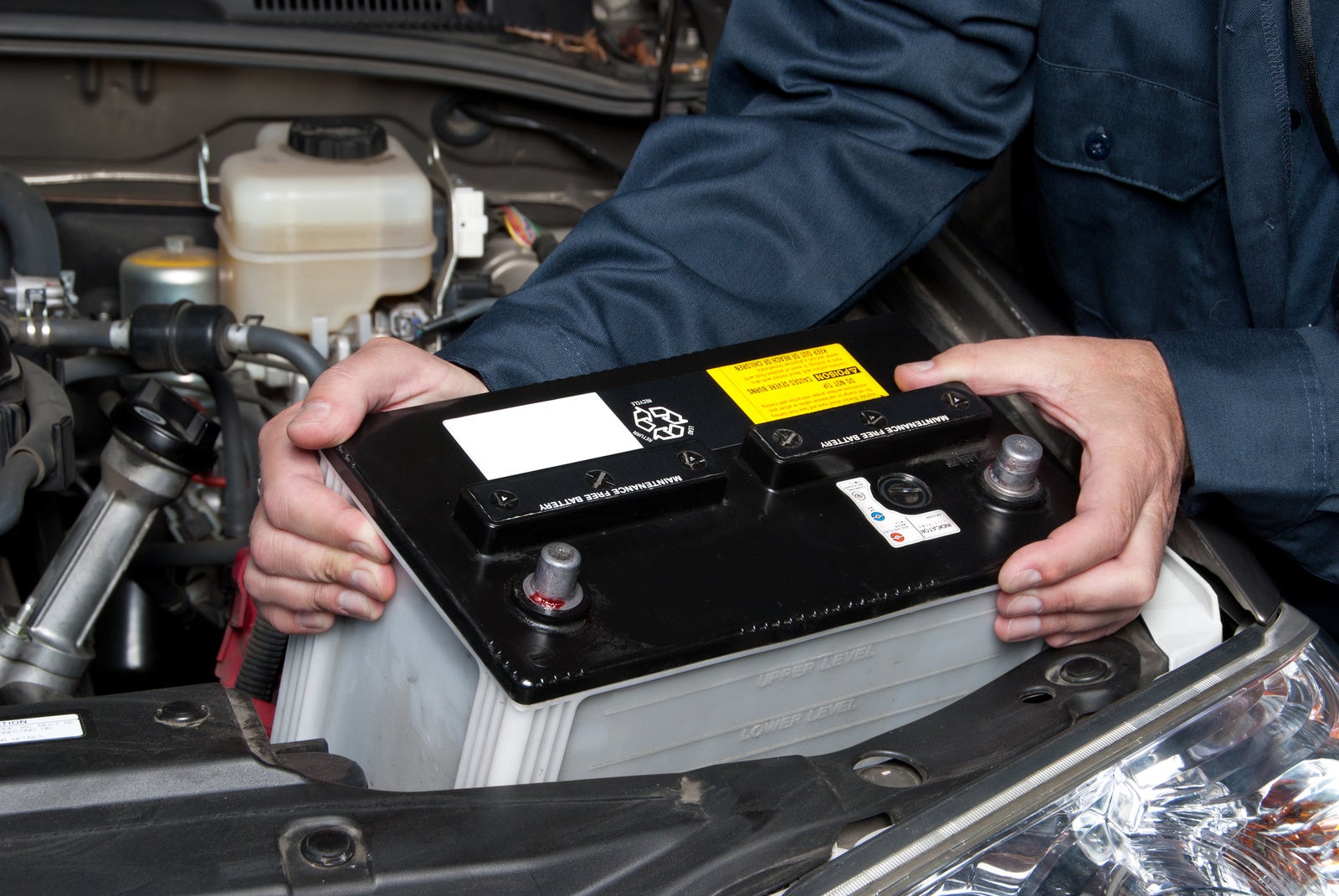
Winter is tough on batteries. If the temperature reaches 5 degrees Fahrenheit, a fully charged battery has only about half its cranking power, which is to say it can transfer only about half as much electricity as it could in warmer temperatures. Extra cranking power is needed to start a cold engine, so you can see why so many cars won’t start on frosty mornings. There are a couple different ways to make sure you’re not stuck in the driveway in the cold, but before you do anything, it's smart to check the battery cables and terminals for any cracks or corrosion. Consult your owner’s manual if you’re doing all this yourself, and remember that batteries contain very corrosive chemicals—wear gloves and safety glasses. You can also bring your vehicle to a mechanic to inspect the battery and related parts.
Depending on the type of battery in your car, there are a couple ways to check its charge. With a conventional battery, check the fluid level by removing the caps on the battery top and filling it with distilled water if it’s low. On maintenance-free batteries, check the reading on the top of the battery to see if it’s fully charged. If it’s not, you can take it to a professional to test it and charge it, or replace it if it’s defective.
3. Change Your Oil

The reason cold engines are harder to turn over is because oil thickens when temperatures drop. That thick oil moves slowly through your engine, which won’t start if it’s not properly lubricated. Many cars use multi-weight oil that can handle a wide range of temperatures, but some manufacturers suggest switching to a thinner oil in the cold months. Consult your owner’s manual to see what’s best for your vehicle.
4. Swap Your Tires
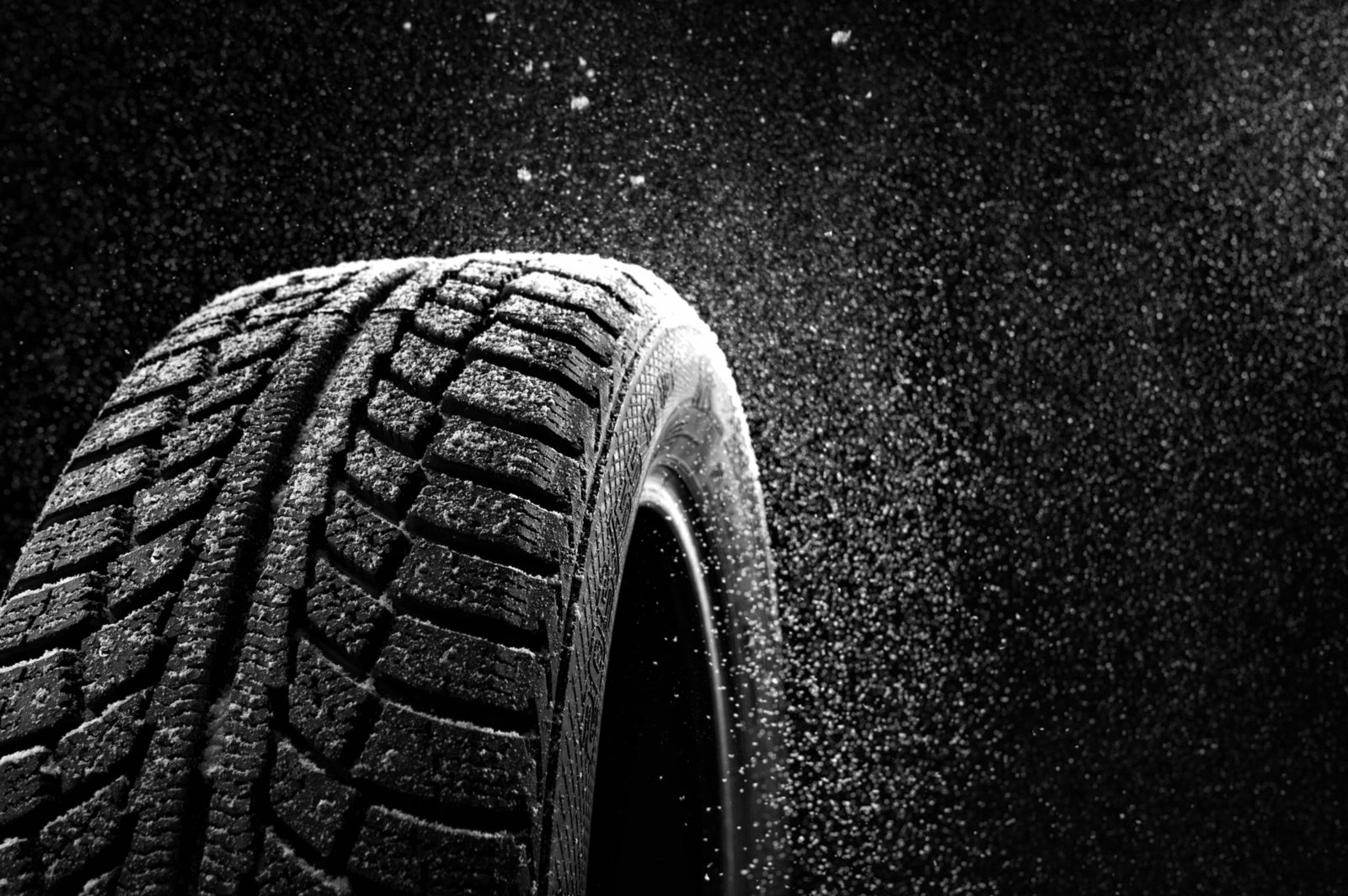
If roads in your neck of the woods are covered with snow for months at a time, you should absolutely get a set of snow tires for your car. That includes all-wheel drive owners—snow tires provide much more grip than AWD. Softer rubber that doesn’t stiffen in the cold and special tread patterns that bite into the snow and push away slush allow snow tires to be effective when and where all-season tires are not. For more details, check out our Northerner’s Guide to Winter Tires.
If you live in a place where the snow doesn’t stick to roads for very long, it’s still a good idea to check your tires before the temperature falls. Make sure your tires are fully inflated. As any New England Patriots fan will tell you, tire pressure is likely to drop as the weather turns colder, meaning a cold snap can result in your previously perfectly inflated tires ending up below their ideal PSI rating, and tires with low air pressure are less safe on wet or slick roads. For a complete look at tire choices and maintenance, check out our Beginner’s Guide to Car Tires.
5. Top Up Your Coolant
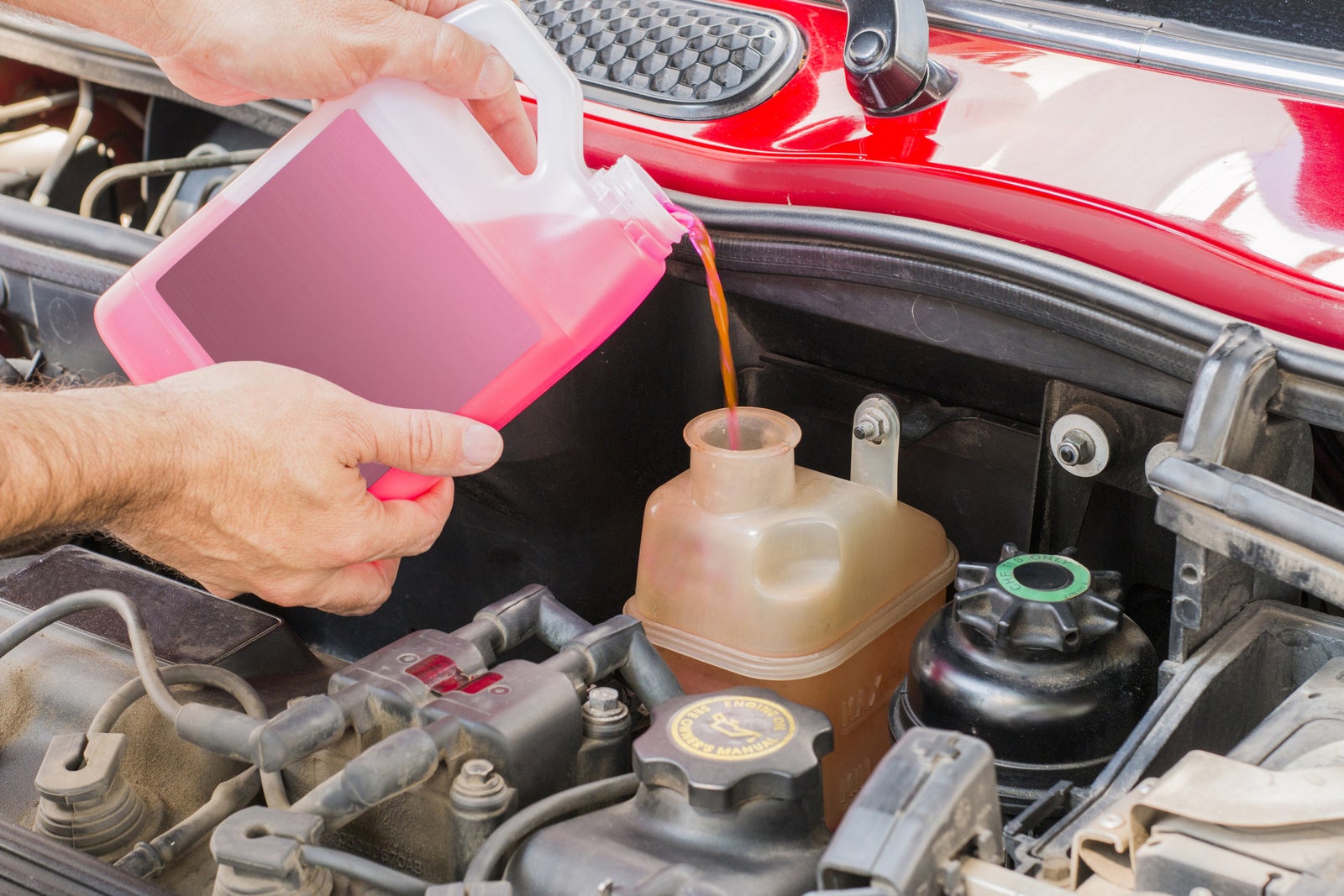
Most people know to check their coolant before winter hits—it might be called coolant, but your radiator is filled with a water-and-antifreeze mixture, and anti-freezing is what we’re all trying to do when it gets cold, after all. The mix of antifreeze and water in your cooling system should be about 50/50, but in even colder conditions some cars call for a different ratio. Check your owner’s manual for the right mix for your vehicle, and you can check the ratio of your current mixture with an inexpensive tester from an auto parts store.
You don’t need to unscrew the radiator cap to do this. Your engine will have a plastic coolant reservoir with a line indicating how full it is. Simply add fluid to that reservoir to top-up your coolant.
It’s also important to check the hoses for the cooling and heating systems for cracks or leaks. The hoses should all be pliable but still firm when you squeeze them. If any feel brittle, it’s time for a replacement.
6. De-Ice Your Locks
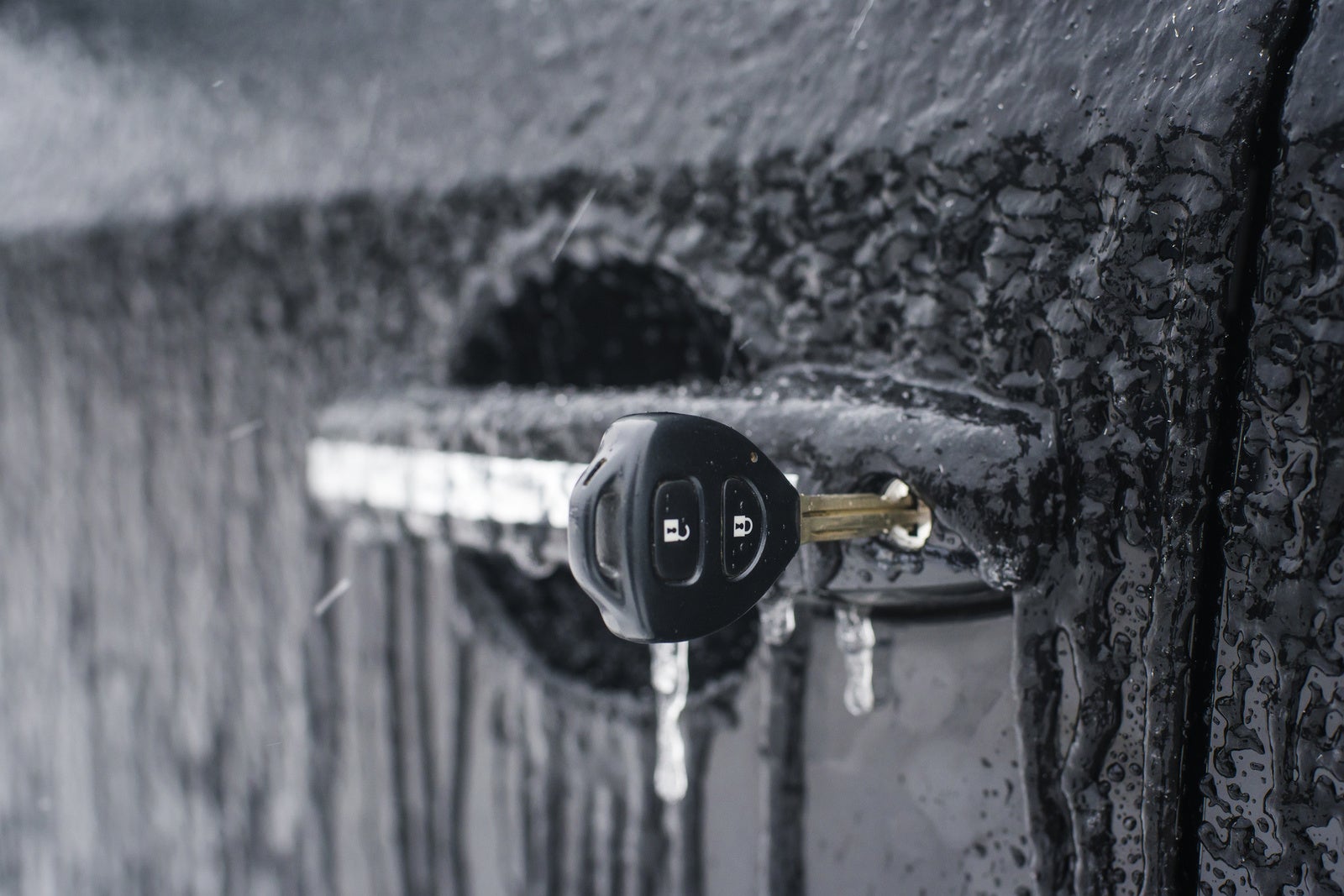
It’s not hard for water (or as we Northerners know it, “melted snow”) to seep into door and trunk locks and then freeze. When this happens, you’ll be locked out of your vehicle and may end up breaking a key off in the lock. You can prevent this by using a silicone spray on your locks. If they do freeze, you can use de-icing glycerine to loosen them. These antifreeze products can be found in auto parts stores and even in many hardware stores. It’s a good idea to keep one in your home and one at work. Keeping one in the car won’t really work, since the locks will be frozen shut when you need it.
7. Stock Up on Emergency Supplies

While it doesn’t make sense to keep a lock de-icer in your car, there are plenty of things that you should stock in your vehicle during the winter. Jumper cables, a flashlight, a folding or small shovel, a tow strap, warm blankets, gloves, a hat, some non-perishable food, roadside flares or reflective triangles, and a bag of kitty litter or sand (for traction on ice) can all come in handy if you get stuck on the side of a wintry road.
Related Topics
A Northerner’s Guide to Winter Tires
10 Things to Keep in Your Car This Winter
Easy DIY Car Maintenance Jobs Anyone Can Manage
